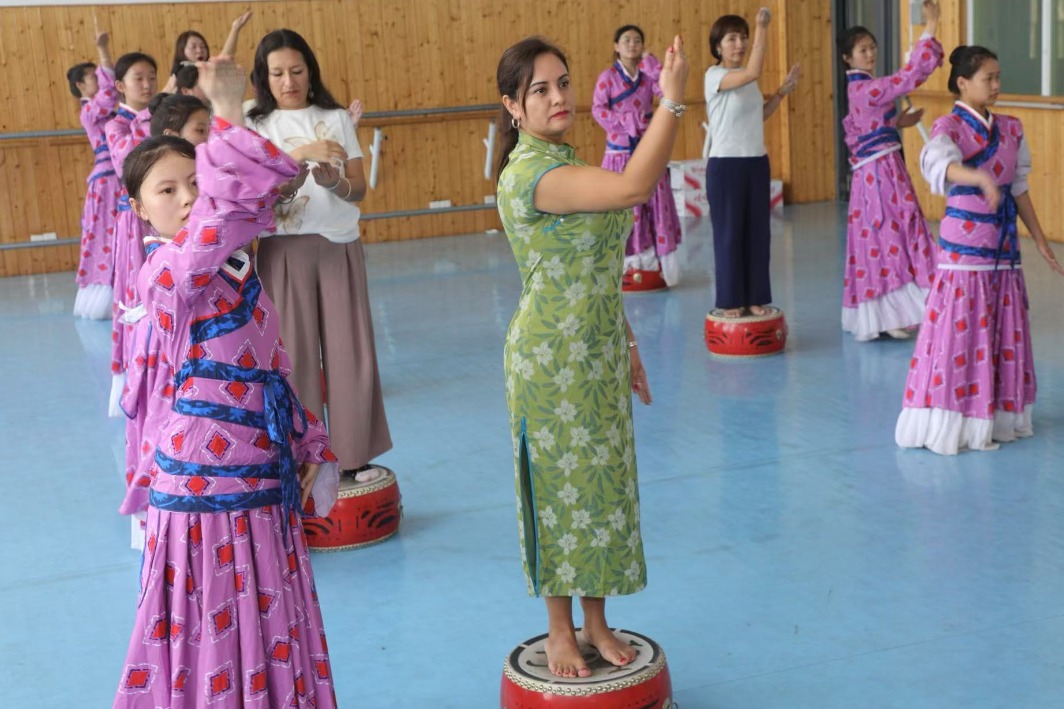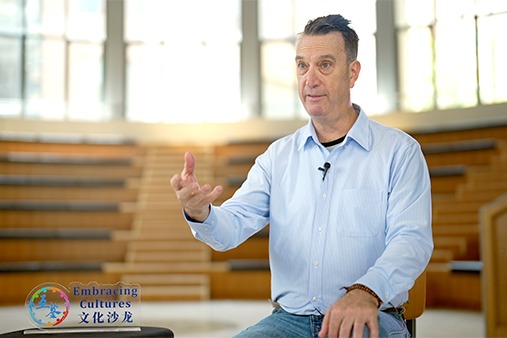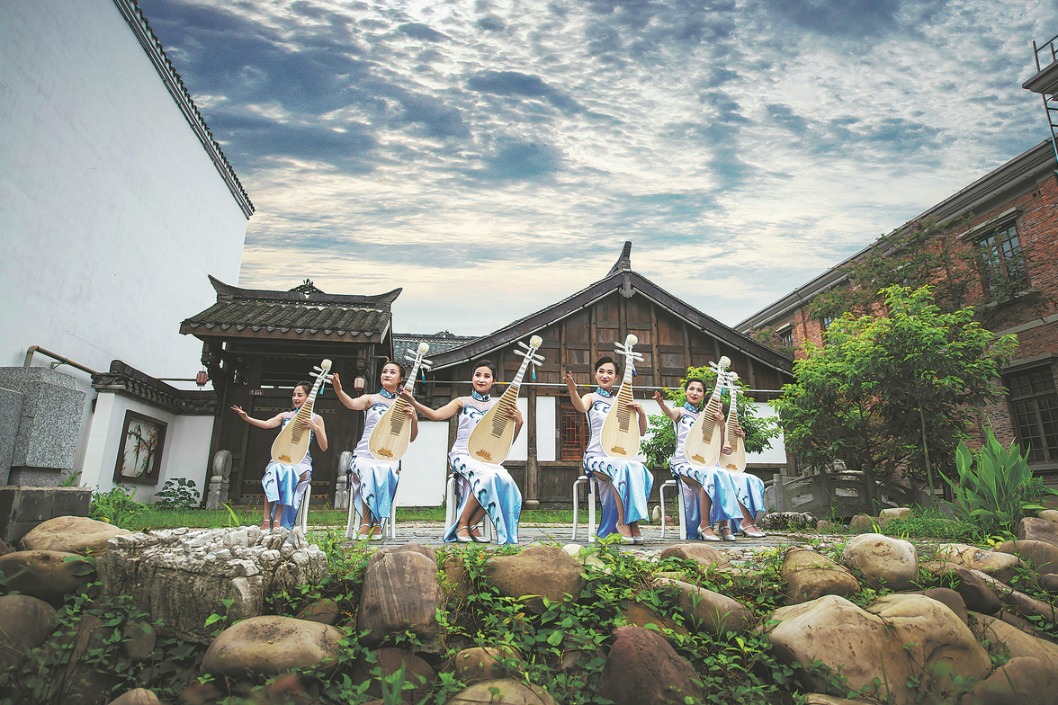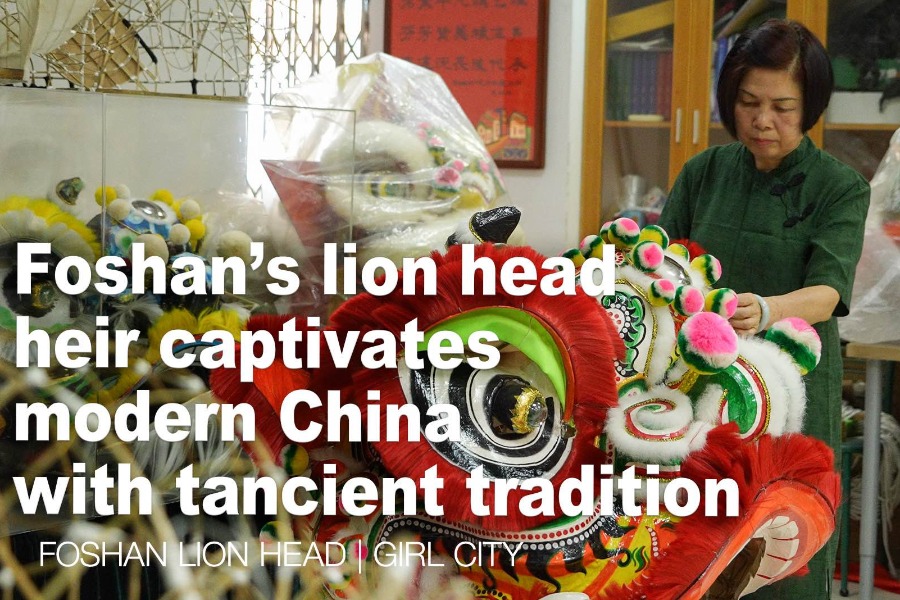Ancient beliefs shape visions of the future

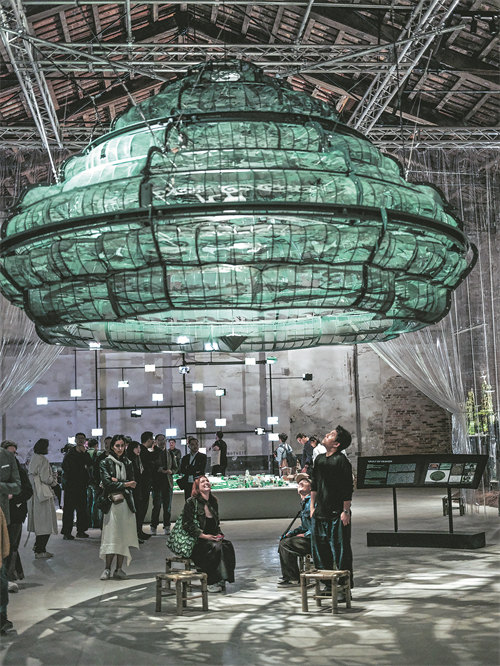
These pieces aim to demonstrate how the new generation interprets traditional Chinese culture while addressing modern and future challenges.
The Venice Architecture Biennale is an essential event for enthusiasts of architecture and design. Biennially, architects, designers, and creatives from around the globe convene in Venice to exhibit their work and engage in discussions about the latest trends in the architectural field.
The theme of the 19th International Architecture Exhibition of the Venice Biennale 2025 is: "Intelligens. Natural. Artificial. Collective".
The China Pavilion responds by showing how spiritual and philosophical values from Chinese tradition can offer solutions in a future shaped by artificial intelligence and climate change.
"We want to provide solutions from China and let the world witness its wisdom," Ma says.
Wang, now 41, who studied at Princeton University, says he was trained in Western architectural principles.
Over time, however, he has become increasingly drawn to the philosophical depth of Chinese culture.
Themes such as the relationship between humans, nature and the universe, as well as perspectives on life and the belief in the spiritual essence of all things, have provided unique inspiration for his architectural work.
These influences are also reflected in his pieces displayed at the Biennale.
Another of Wang's works, Circularity Handbook, commissioned by Carlo Ratti, the chief curator of this year's Biennale, is a special installation that transforms a real handbook into a three-dimensional book artwork, offering a sustainability guide tailored for the Biennale participants.
Inspired by lifecycle philosophy and the structure of pop-up books, Wang's installation incorporates various Chinese paper-cutting arts and draws inspiration from the techniques used in shadow puppetry and engraved bricks found in traditional Chinese buildings.























